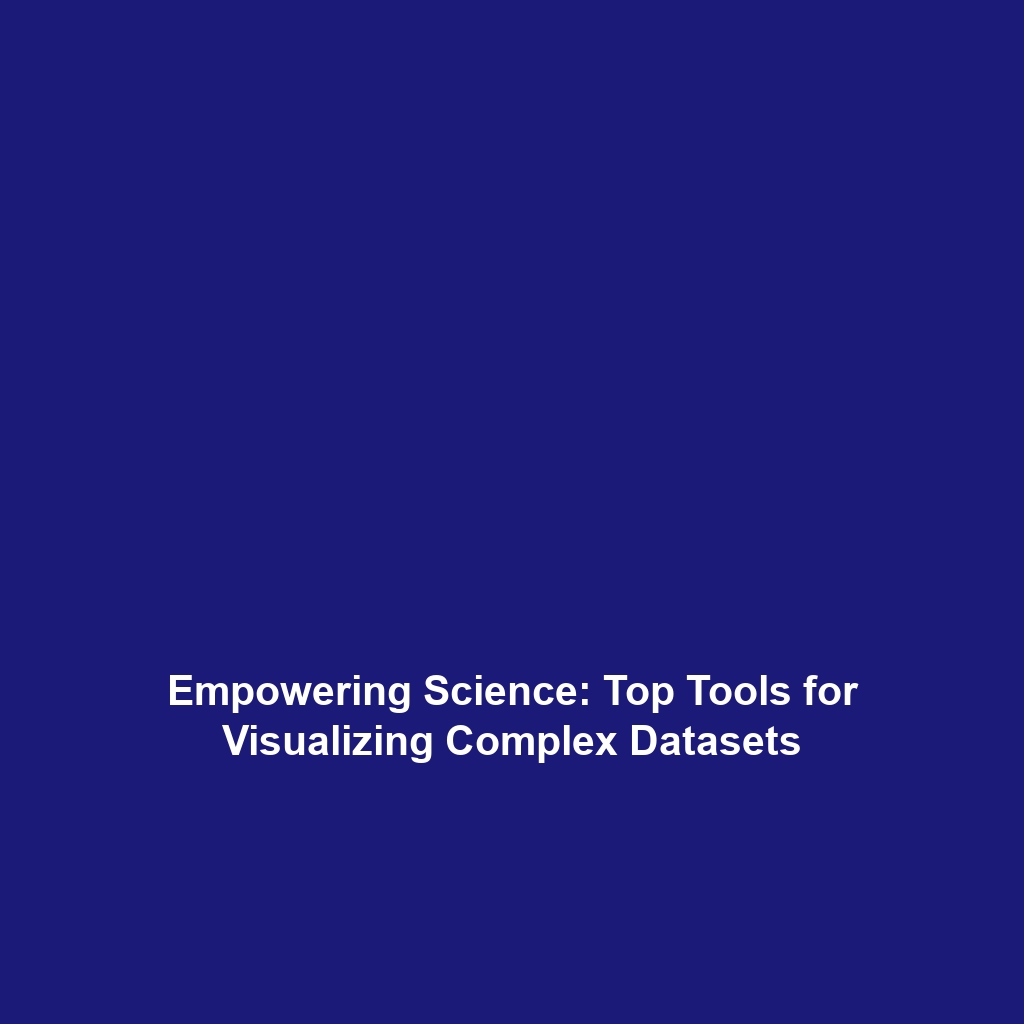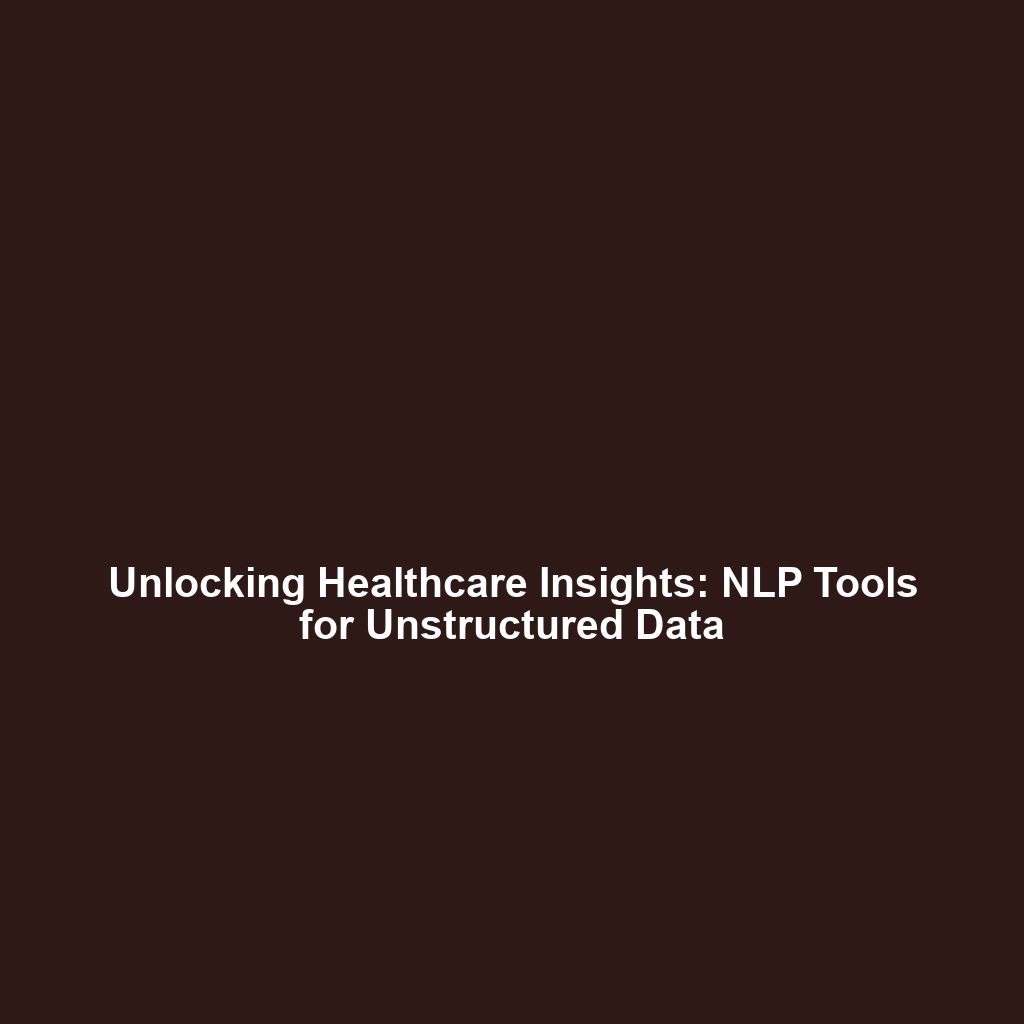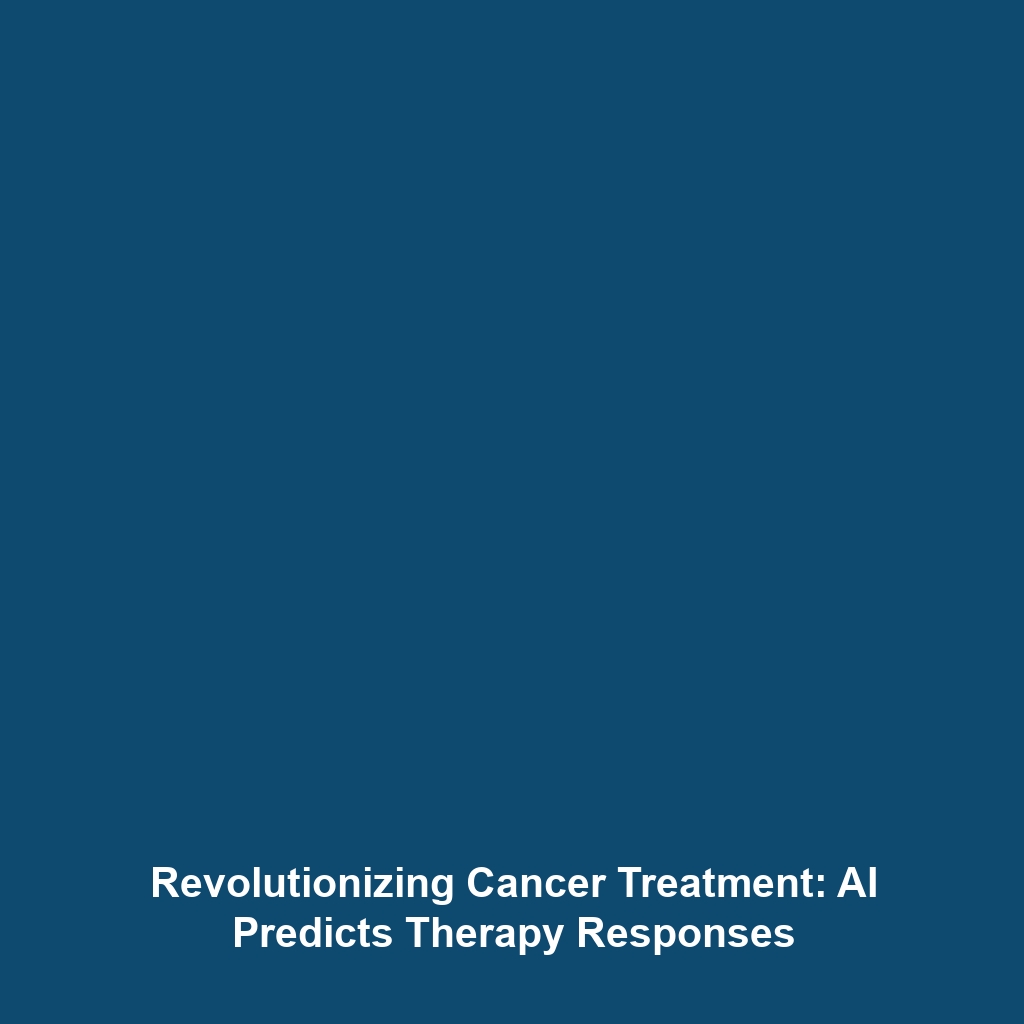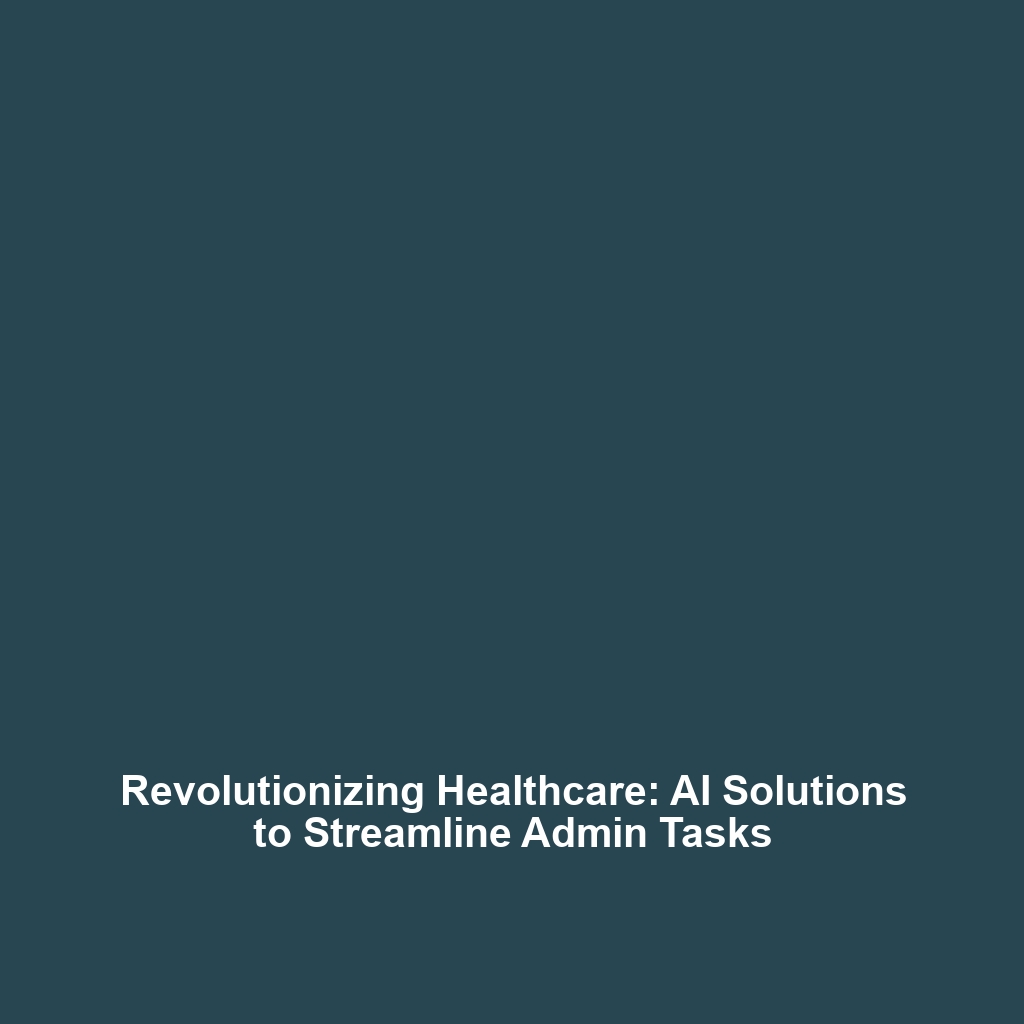The Evolution of AI in Healthcare: Historical Context and Milestones
Introduction
The evolution of AI in healthcare has undergone remarkable transformations over the decades, reshaping the way medical professionals diagnose and treat illnesses. Understanding its historical context and critical milestones helps to appreciate how AI technologies have progressed to become integral components of modern healthcare systems. This article delves into significant advancements and key developments in AI, illustrating its growing relevance within the broader realm of AI in healthcare.
Key Concepts
Foundation of AI in Healthcare
The foundation of AI in healthcare rests on several key concepts, including:
- Machine Learning: A critical component that allows systems to learn from data and improve over time.
- Natural Language Processing (NLP): Enabling computers to understand and interpret human language, crucial for analyzing patient records.
- Computer Vision: Important for interpreting medical images, enhancing diagnostic accuracy.
These principles demonstrate how AI technologies can augment traditional healthcare approaches, paving the way for innovative treatment solutions and operational efficiency.
Applications and Real-World Uses
The evolution of AI in healthcare has led to numerous practical applications, including:
- Disease Diagnosis: AI algorithms analyze medical images to identify conditions such as cancer at earlier stages.
- Personalized Medicine: Machine learning models can predict patient responses to treatments, allowing for tailored therapy.
- Administrative Tasks: AI assists in scheduling, billing, and managing health records, reducing operational burdens on healthcare providers.
These practical uses illustrate how AI in healthcare not only improves patient outcomes but also enhances the overall efficiency of healthcare systems globally.
Current Challenges
Despite its advancements, the evolution of AI in healthcare faces several challenges, including:
- Data Privacy Issues: Ensuring patient confidentiality when utilizing large datasets for AI training.
- Integration with Existing Systems: Difficulty in incorporating AI tools into legacy healthcare systems.
- Regulatory Obstacles: Navigating the complex landscape of healthcare regulations that affect AI deployment.
Addressing these challenges of AI in healthcare is crucial for its seamless adoption and optimal utilization.
Future Research and Innovations
Future research in the evolution of AI in healthcare promises exciting innovations. Anticipated breakthroughs include:
- Real-Time Analytics: Enhancing diagnostic capabilities with AI that provides real-time insights during patient consultations.
- Wearable AI Technology: Developing intelligent wearables that continuously monitor health metrics and provide predictive alerts.
- Telemedicine Integration: Leveraging AI to facilitate remote patient monitoring and enhance telehealth services.
These innovations are set to revolutionize the future of AI in healthcare, leading to more proactive and patient-centered care.
Conclusion
In summary, the evolution of AI in healthcare illustrates a journey marked by significant milestones that have transformed medical practices. As AI continues to advance, it offers promising solutions for various healthcare challenges. To stay informed on the latest developments in AI in healthcare, consider exploring related fields, such as routine monitoring technologies or ethical considerations in AI implementation.









